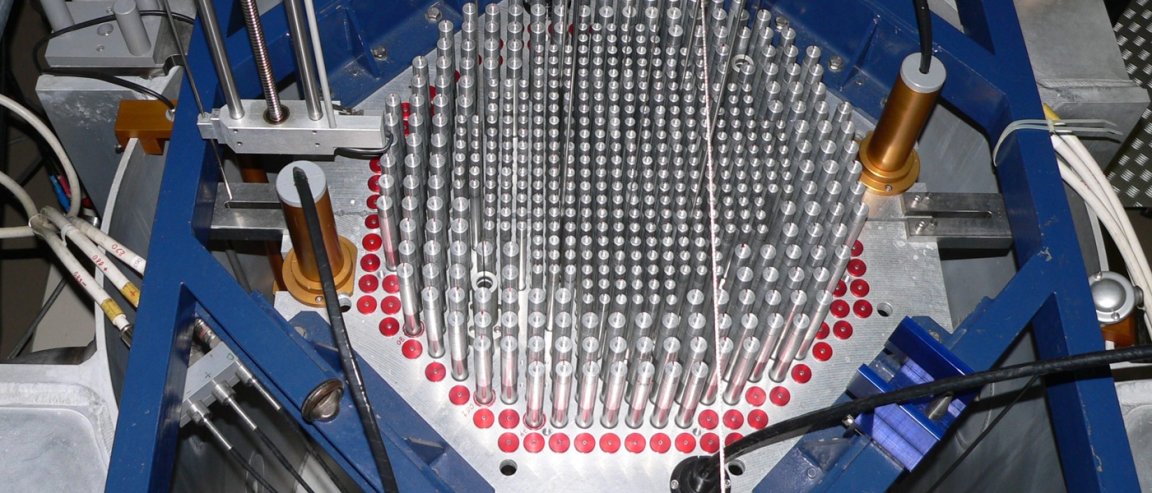
Radiation Makes It Tough
Radiation from nuclear reactions is no joke, and finding ways to work with it has posed a major hurdle to harnessing the potential of nuclear energy. Most materials either harden or crack when exposed to high levels of radiation, but researchers have created a new material that doesn’t just withstand high levels of radiation — it actually gets tougher the more it’s exposed to it.
One of the key components of a nuclear reactor is its coolant system, which typically uses water. However, next-generation nuclear systems that produce energy more efficiently and economically work at higher temperatures and generate increased radiation fields than current systems. Water-cooling systems just can’t keep up with these temperatures, so liquid metals like sodium and lead are used in their place. Unfortunately, these materials can damage the reactors.
“There is a preferred use of metallic materials [such as sodium and lead] for structural components, but many of these materials cannot withstand high-temperature corrosion in advanced reactors,” researcher Kumar Sridharan from the University of Wisconsin-Madison explained to Phys.org.
Working with researchers from the Istituto Italiano di Tecnologia (IIT) in Milan, Italy, Sridharan developed an aluminum oxide nanoceramic coating capable of withstanding the corrosive effects of these liquid metals. “Corrosion is a surface phenomenon, so if you put coating on the surface, you need that coating to withstand high radiation doses without becoming embrittled,” Sridharan said. Not only does this coating withstand corrosion, it actually toughens as it’s irradiated, according to Fabio Di Fonzo from IIT’s Center for Nano Science and Technology.
Their study is published in the journal Scientific Reports.

The Energy Source of the Future
We know of two main types of nuclear reactions, but thus far, the only one used to produce a stable energy source is nuclear fission — the splitting of a heavy and unstable nucleus into two lighter nuclei — because we can control the process. Nuclear fusion, on the other hand, requires extreme temperatures and pressure conditions like those found in the sun, and the process has yet to be successfully and safely utilized as an energy source.
Nuclear fusion is essentially the combining of two light nuclei (usually hydrogen isotopes) to create energy that amounts to several times more than that generated by fission. As such, it has a high potential as a limitless energy source that is genuinely renewable and clean. The radiation generated by nuclear fusion is greater than that of fission, which is where the aluminum oxide nanoceramic coating would come in handy.
While stable, efficient fusion has yet to be fully realized, we are getting closer with several researchers making considerable strides. Knowing we have a new material capable of protecting reactors during the process is another step forward on that path.